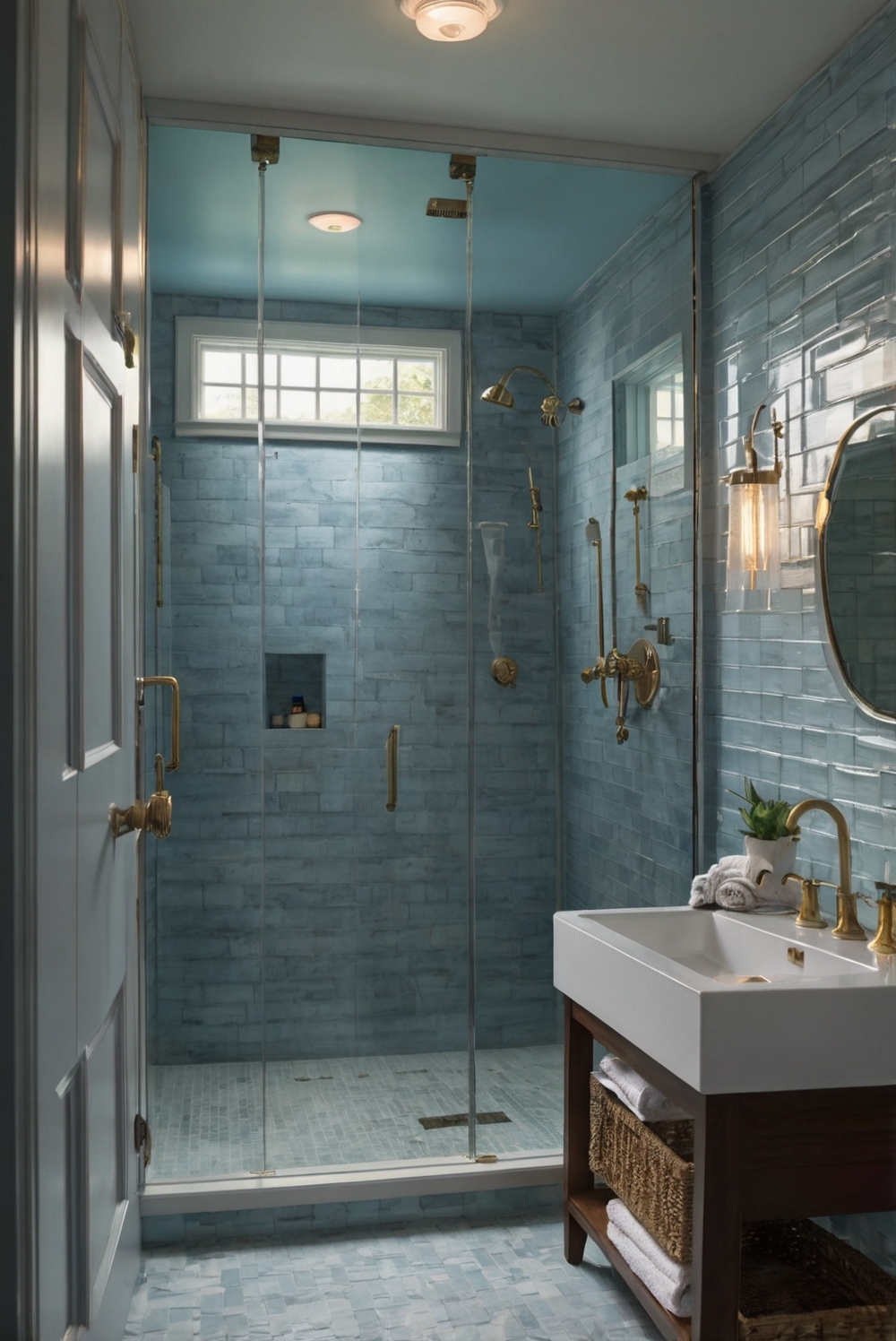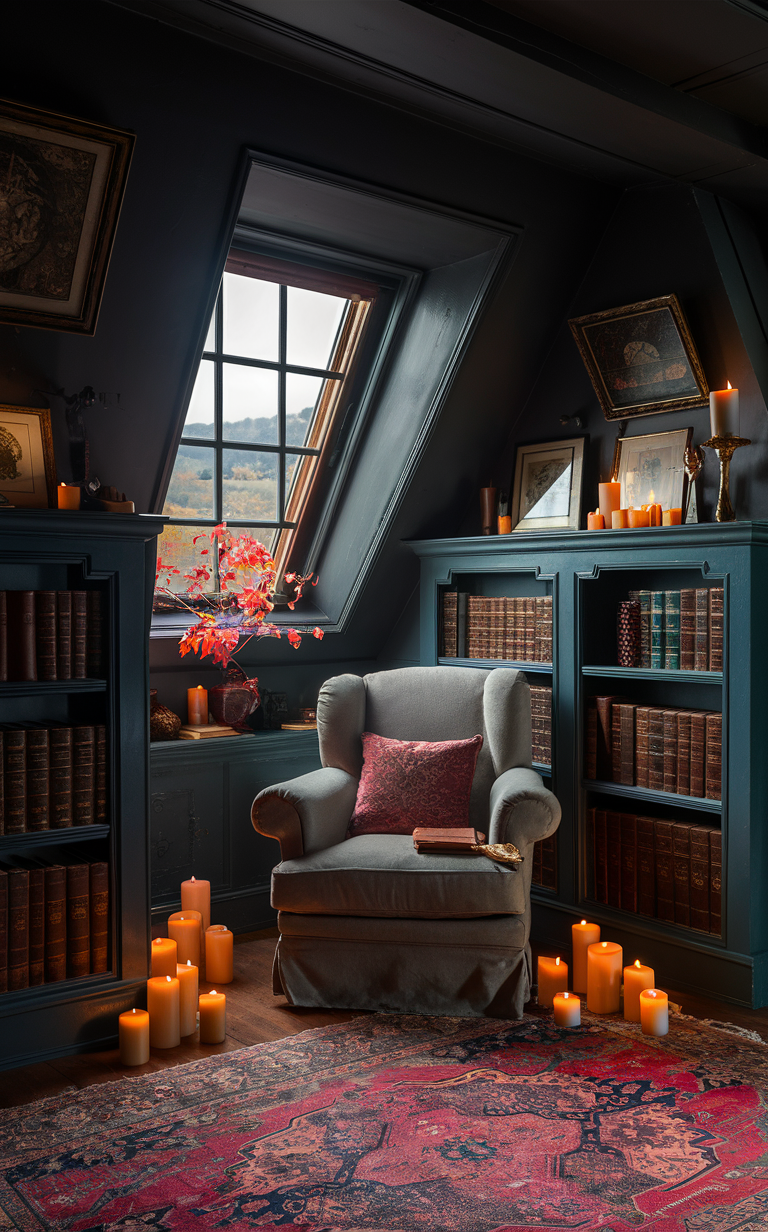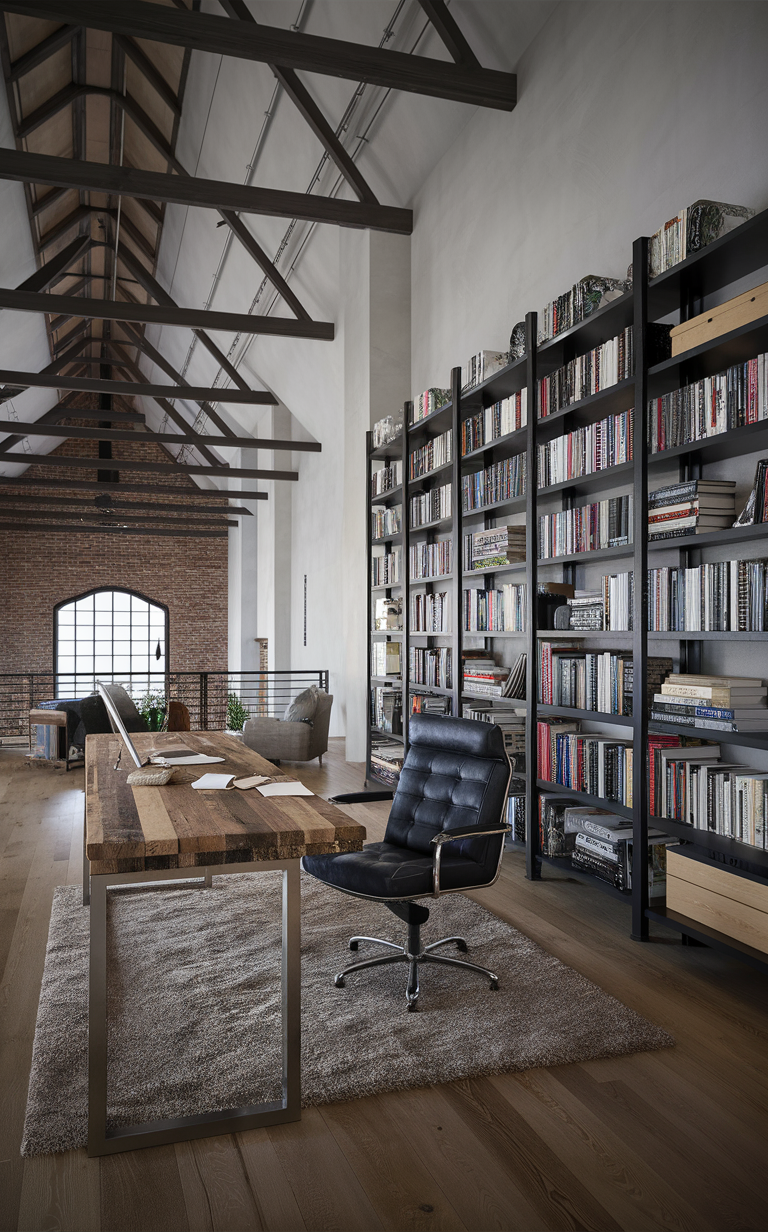Struggling with a dimly lit bathroom? Discover the top lighting solutions for limited natural light, ensuring your space is well-lit and efficient.
What Are the Best Lighting Options for a Bathroom with Limited Natural Light? (Illuminate with Efficiency)
The best lighting options for a bathroom with limited natural light are:
1. Install overhead lighting: Choose bright overhead lights to ensure overall illumination in the bathroom.
2. Add task lighting: Place task lights near the mirror and vanity area to provide focused light for grooming activities.
3. Use LED lights: LED lights are energy-efficient and provide a bright, white light that mimics natural daylight.
4. Consider dimmer switches: Install dimmer switches to adjust the light intensity according to the time of day or your needs.
5. Opt for light-colored paint: Light-colored walls and ceiling can help reflect the light and make the space feel brighter.
Overall, combining overhead lighting, task lighting, LED lights, dimmer switches, and light-colored paint can significantly improve the brightness and efficiency of a bathroom with limited natural light.
Natural light in a bathroom can make a significant difference in creating a bright, inviting space. However, not all bathrooms have ample windows to let natural light in. In such cases, it becomes essential to focus on lighting options that can enhance the overall ambiance of the bathroom. Here are some tips on how to illuminate a bathroom with limited natural light efficiently:
Enhancing Natural Light:
To maximize natural light in a bathroom with limited windows, consider using sheer window treatments that allow light to filter through while maintaining privacy. Additionally, using light-colored walls and reflective surfaces like glass tiles can help bounce light around the space, creating a brighter atmosphere.
Choosing Light Fixtures:
For a bathroom with minimal natural light, it’s crucial to choose the right types of light fixtures. Opt for fixtures that provide ample illumination without casting harsh shadows. LED strip lights or under-cabinet lighting can be great options to add ambient light without taking up space. Wall sconces placed strategically can also help in brightening up the room effectively.
Effects of Lighting Color:
The color temperature of light can impact the perception of natural light in a dimly lit bathroom. Choosing lighting with a color temperature of around 2700-3000 Kelvin can mimic the warm glow of natural light, creating a cozy and inviting ambiance. Avoid cool-toned lights as they can make the space feel cold and dreary.
Efficiency of LED Lights:
LED lights are a more efficient option for bathrooms with limited natural light. They consume less energy, last longer, and emit less heat compared to traditional incandescent bulbs. Additionally, LED lights come in a variety of color temperatures, allowing you to customize the lighting to suit your preferences and enhance the overall brightness of the bathroom.
Preventing Shadows and Glare:
To prevent shadows and glare in a bathroom with restricted natural light, aim for even distribution of light throughout the space. Avoid placing a single overhead light fixture as it can create shadows. Instead, use multiple light sources such as vanity lights, mirror lights, and ceiling lights to eliminate dark corners and create a well-lit environment.
Benefits of Mirrors:
Strategically placing mirrors in a bathroom can help brighten the space by reflecting light and creating an illusion of a larger, brighter room. Consider installing a large mirror opposite a window to bounce natural light around the room. Additionally, mirrored cabinets or mirrored tiles can add visual interest while enhancing the overall brightness of the bathroom.
Layered Lighting Effect:
Creating a layered lighting effect in a bathroom can compensate for the lack of natural light and help achieve a well-lit, balanced space. Combine ambient lighting, task lighting, and accent lighting to illuminate different areas of the bathroom effectively. Ambient lighting provides overall illumination, task lighting is focused on specific tasks like grooming, and accent lighting highlights architectural features or decorative elements.
In conclusion, when faced with a bathroom that has limited natural light, it’s essential to choose lighting options that enhance the space efficiently. By focusing on enhancing natural light, selecting the right fixtures, considering lighting color, opting for LED lights, preventing shadows and glare, using mirrors strategically, and creating a layered lighting effect, you can transform a dimly lit bathroom into a bright and inviting oasis. Illuminate your bathroom with efficiency by following these lighting tips to make the most of a space with limited natural light.








